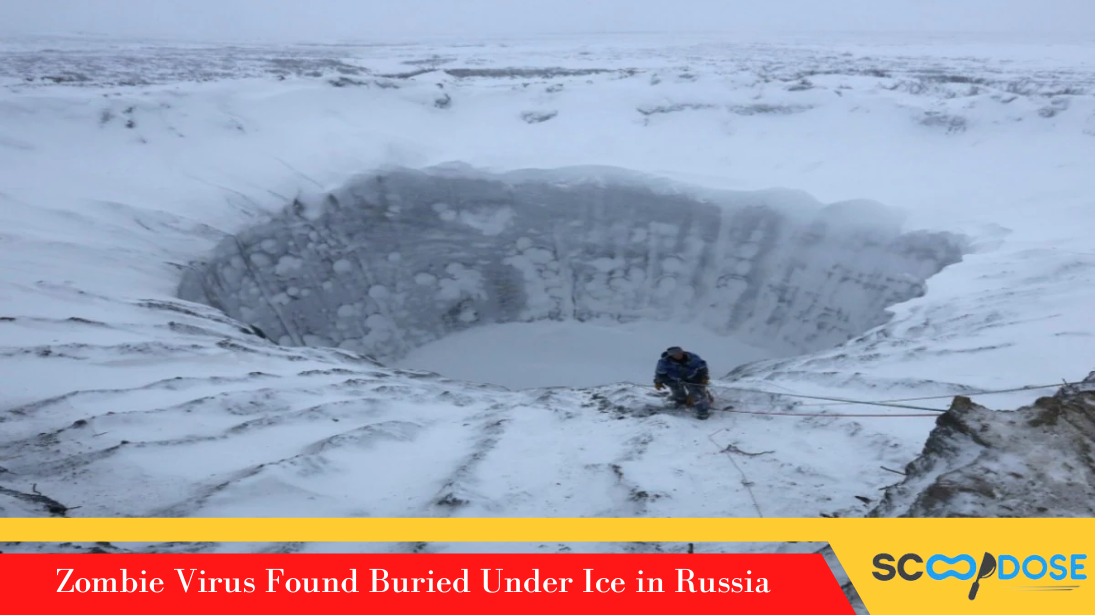
French scientists have resurrected a 48,500-year-old “zombie virus” discovered beneath a frozen lake in Russia. Furthermore, following the resurgence of the zombie virus, French scientists have expressed concern about the possibility of another pandemic. The New York Post cited an unpublished, peer-reviewed viral study. A disease affecting plants, animals, or humans would have much more severe consequences, according to the study.
Global Warming
According to the preliminary report, global warming is irreversibly thawing vast swaths of permafrost, which is permanently frozen ground that covers one-quarter of the Northern Hemisphere. The unsettling result of this has been the release of organic materials that have been frozen for up to a million years, including potentially harmful germs.
Prokaryotes, unicellular eukaryotes, and viruses that have lain dormant since the dawn of time are also included in this organic matter, the researchers write. According to the New York Post, scientists have resurrected some of these so-called “zombie viruses” from the Siberian permafrost to study the resurrected critters. Pandoravirus yedoma was 48,500 years old, a record for a frozen virus reverting to a form capable of infecting other creatures. This breaks the previous record set by the same researchers in 2013 with a 30,000-year-old virus discovered in Siberia.
The study described 13 viruses, each with its genome, and the new strain is one of them, according to Science Alert. While the Pandoravirus was discovered at the bottom of a lake in Yukechi Alas, Yakutia, Russia, other viruses have been found in places ranging from mammoth fur to Siberian wolf intestines.
Future Pandemic
Scientists discovered that all of the “zombie viruses” have the potential to be infectious and thus pose a “health risk” after studying the live cultures. According to the New York Post, COVID-style pandemics are likely to become more common in the future as melting permafrost releases long-dormant viruses like a microbial Captain America. They write that it is reasonable to consider the possibility that ancient viral particles could still be infectious and recirculate as a result of the thawing of ancient permafrost layers. Unfortunately, organic matter released by melting ice decomposes into carbon dioxide and methane, increasing the greenhouse effect and hastening to melt.
According to the New York Post, the newly thawed virus could be just the tip of the epidemiological iceberg, as there are likely more hibernating viruses yet to be discovered. More research is required to determine the infectiousness of these unknown viruses when exposed to light, heat, oxygen, and other external environmental variables.










